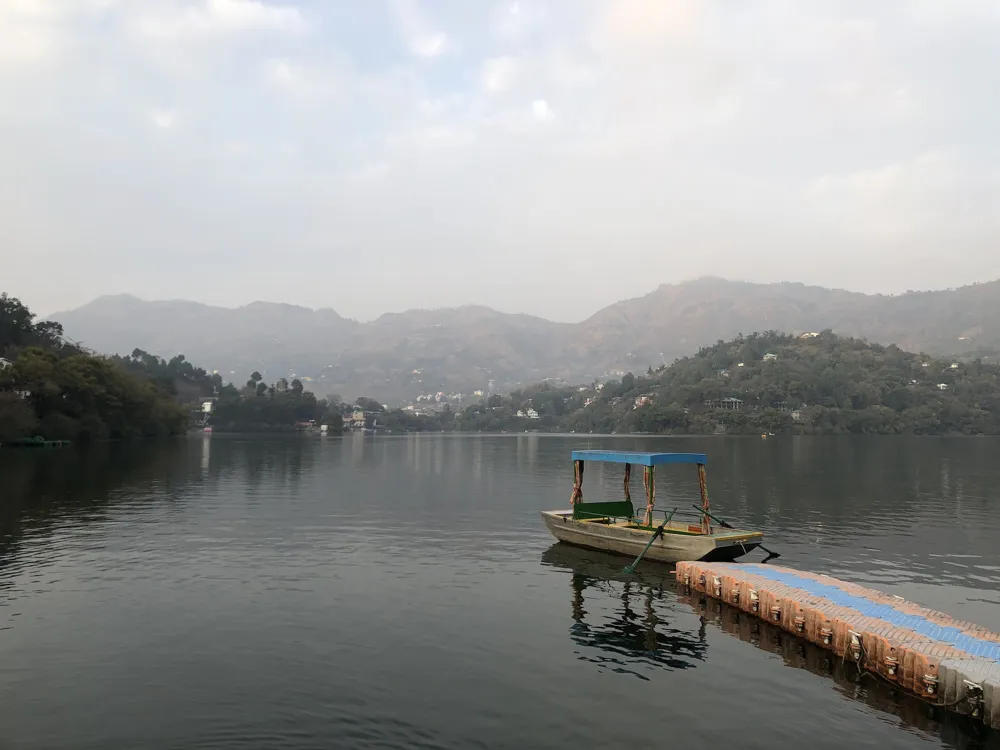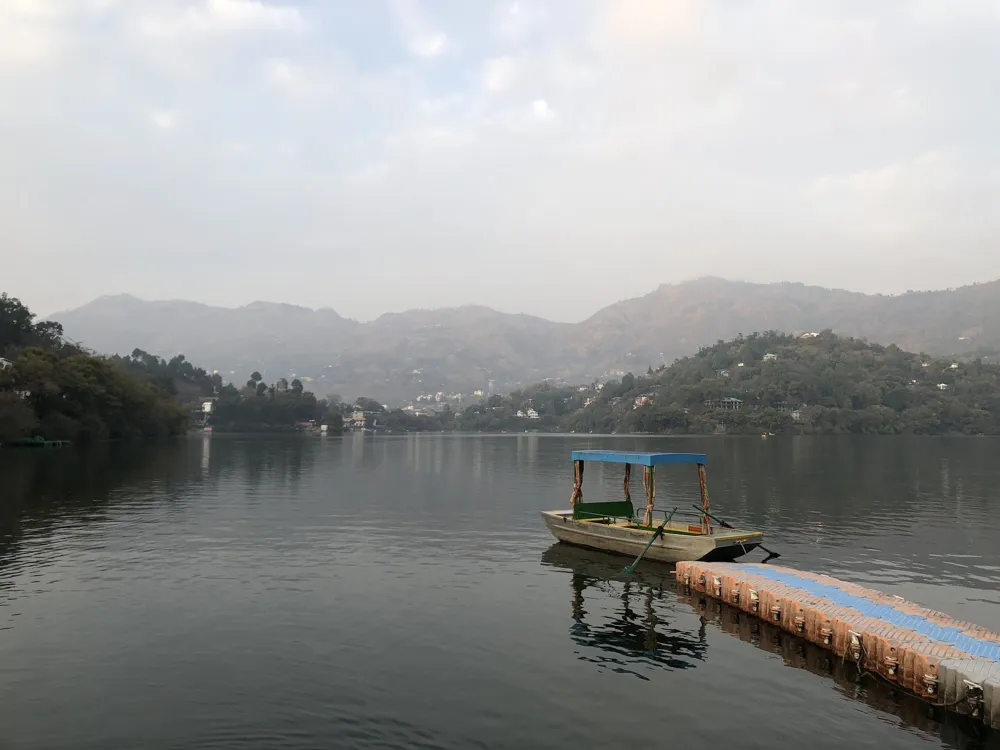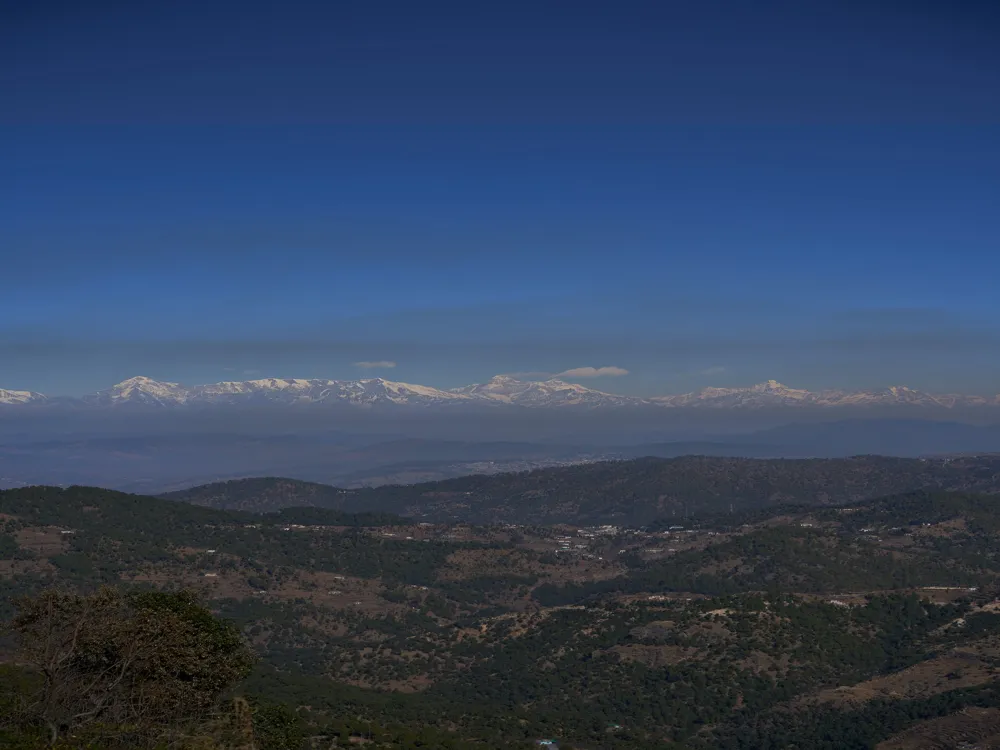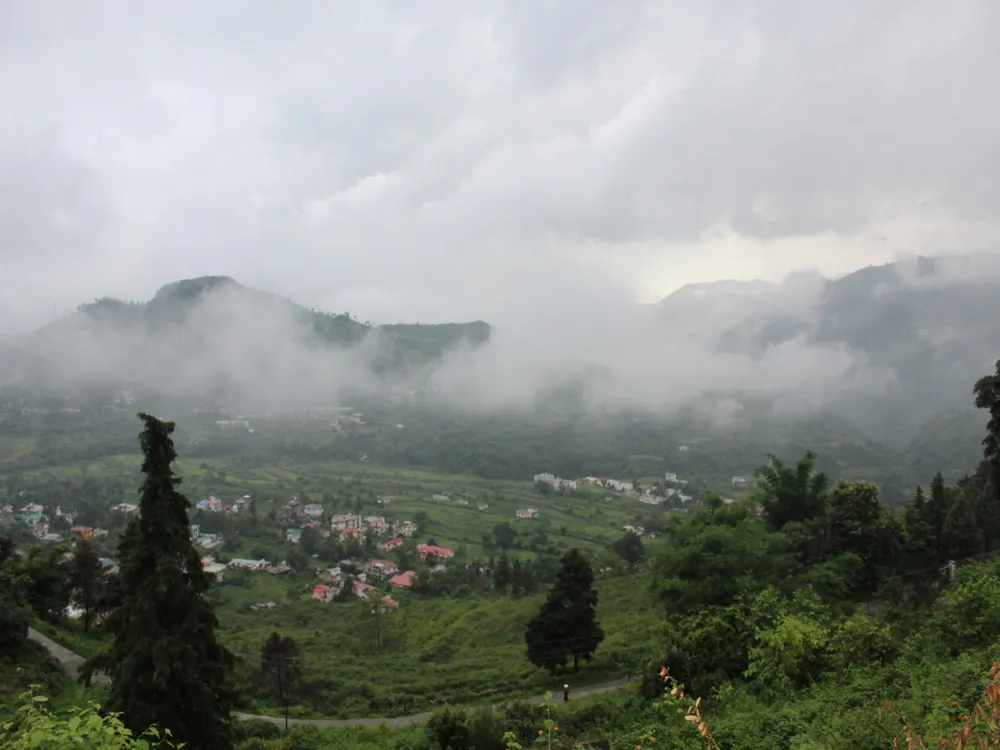Nestled in the quaint hills of Uttarakhand, Nainital, a popular hill station, is home to the vibrant Tibetan Market. This bustling marketplace is not just a shopping destination but a cultural hub, reflecting the rich heritage of the Tibetan community. The market's inception dates back to the early 1960s, when Tibetan refugees settled in Nainital, bringing with them their unique traditions, crafts, and cuisine. Over the years, the Tibetan Market has evolved into a melting pot of culture, attracting tourists and locals alike. As you wander through the lanes of the Tibetan Market, you are greeted by a kaleidoscope of colors from the various stalls and shops. The market is renowned for its variety of goods, ranging from intricately designed Tibetan woolens, handicrafts, and hand-knit apparel to exquisite jewelry and souvenirs. These items are not just commodities but represent the artistry and resilience of the Tibetan community. The market also serves as a gastronomic paradise, offering authentic Tibetan delicacies like momos, thukpa, and Tibetan bread, which are a must-try for every visitor. The Tibetan Market's significance extends beyond commerce; it is a testament to the integration of the Tibetan diaspora into the Indian community while preserving their distinct identity. The market also plays a pivotal role in the local economy of Nainital, contributing significantly to its tourism sector. It's a place where cultural exchange and economic activities blend harmoniously, offering a unique experience to every visitor. The market is not just a shopping destination but a journey into the heart of Tibetan culture, nestled in the serene hills of Nainital. The architecture of the Tibetan Market in Nainital is a splendid fusion of traditional Tibetan and local Kumaoni styles, reflecting the harmonious blend of cultures. The market's design is characterized by vibrant colors, intricate patterns, and functional structures that resonate with Tibetan aesthetics while adapting to the local environment of Nainital. The buildings are predominantly made of wood and stone, materials that are locally sourced, symbolizing a connection to the land and its resources. One of the most striking features of the market's architecture is its vibrant façades adorned with traditional Tibetan motifs and Buddhist symbols. These designs are not just decorative elements; they are imbued with cultural and spiritual significance, narrating stories of the Tibetan heritage. The market's layout is designed to facilitate easy movement and interaction, with open spaces and courtyards that encourage communal gatherings and cultural exchanges. The Tibetan Market's architecture also reflects an adaptation to Nainital's hilltop terrain and climate. The sloping roofs are a distinctive feature, designed to withstand heavy rainfall and snowfall typical of the region. The use of local materials and traditional construction techniques demonstrates an eco-friendly approach, blending the market seamlessly with its natural surroundings. This architectural style is not just about aesthetics; it represents a synergy between culture, environment, and sustainability, making the Tibetan Market a unique landmark in Nainital. The ideal time to visit the Tibetan Market in Nainital is from March to June and from September to November. During these months, the weather is pleasant, making it perfect for exploring the market and enjoying the outdoor activities in Nainital. When shopping in the Tibetan Market, it's advisable to compare prices across different stalls for the best deals. Don't hesitate to bargain, as it's a common practice here. Also, look out for authentic Tibetan handicrafts and woolens, which are not only beautiful but also support the local artisans. Be sure to try the local Tibetan cuisine, especially the momos and thukpa. These dishes offer a glimpse into the rich culinary traditions of Tibet. Also, explore the various cafes and eateries around the market for more local flavors. While exploring the market, it's important to respect the local culture and traditions. Be mindful of the customs and etiquette, especially when interacting with the locals or visiting any religious sites within the market. The Tibetan Market in Nainital is easily accessible by various means of transportation. If you are traveling by air, the nearest airport is Pantnagar Airport, about 70 kilometers from Nainital. From there, you can hire a taxi or take a bus to reach the town. For those traveling by train, the nearest railway station is Kathgodam, situated around 34 kilometers from Nainital. Regular bus services and taxis are available from Kathgodam to Nainital. Once in Nainital, the Tibetan Market is located centrally and can be reached on foot or by hiring a local rickshaw. Read More:Overview of Tibetan Market in Nainital, Uttarakhand
Architecture of Tibetan Market in Nainital
Tips When Visiting Tibetan Market
Best Time to Visit
Shopping Tips
Food and Cuisine
Respect Local Culture
How To Reach Tibetan Market in Nainital
Tibetan Market
Nainital
Uttarakhand
₹ 4,500 onwards
View nainital Packages
Weather :
Tags : Shopping Market
Timings : 9:00 AM - 8:00 PM
Time Required : Less than 1 hour
Entry Fee : No entry fee
Planning a Trip? Ask Your Question
Nainital Travel Packages
View All Packages For Nainital
Top Hotel Collections for Nainital

Private Pool

Luxury Hotels

5-Star Hotels

Pet Friendly
Top Hotels Near Nainital
Other Top Ranking Places In Nainital
View All Places To Visit In nainital
View nainital Packages
Weather :
Tags : Shopping Market
Timings : 9:00 AM - 8:00 PM
Time Required : Less than 1 hour
Entry Fee : No entry fee
Planning a Trip? Ask Your Question
Nainital Travel Packages
View All Packages For Nainital
Top Hotel Collections for Nainital

Private Pool

Luxury Hotels

5-Star Hotels

Pet Friendly





















